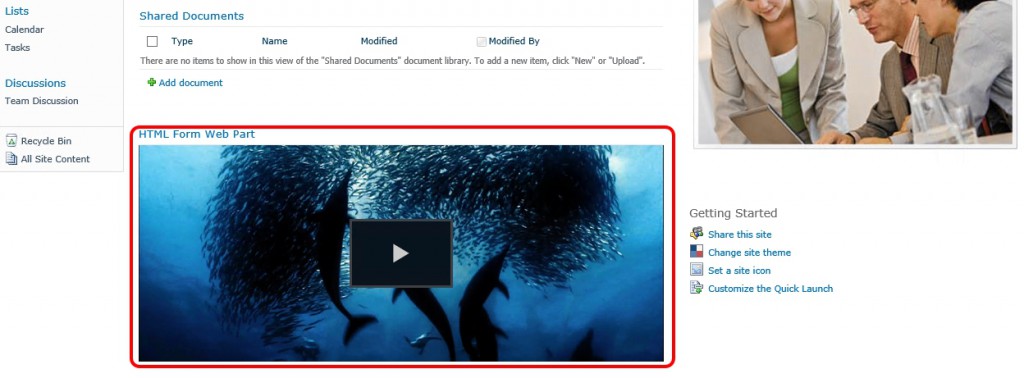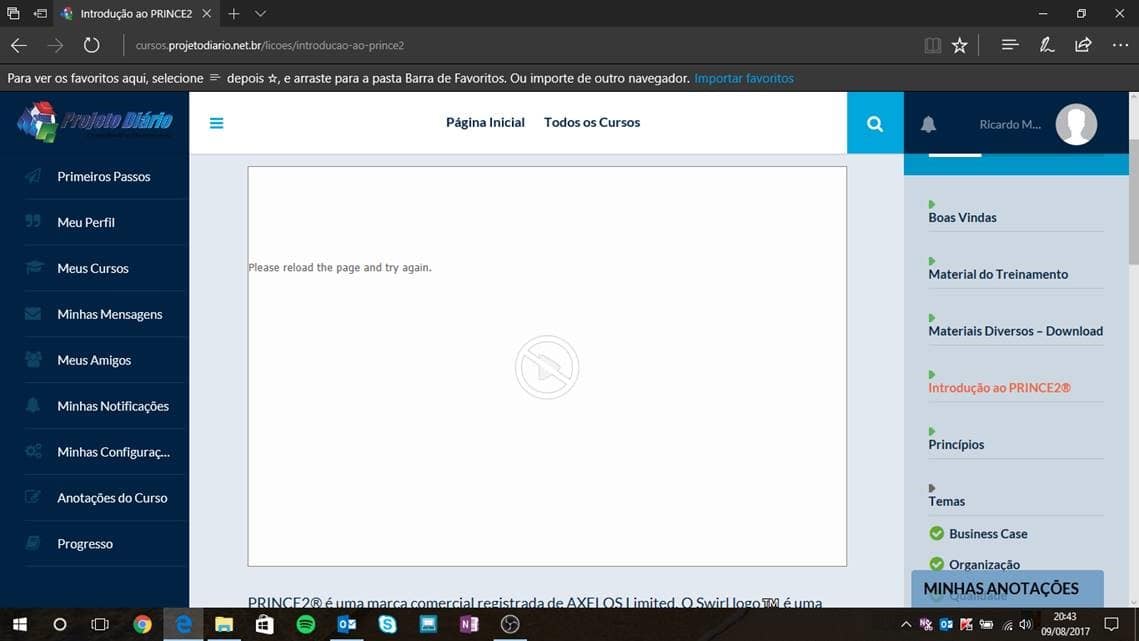

If your video encoder can insert/preserve CEA-608 captions into the encoded stream which is sent to Wowza, then it can deliver various types of captions to the viewers, depending on what kind of device or software they're using to view the stream. Telestream's live captioning software can send the captions to Uvault's servers, which then deliver them to the end users along with the video.Īnother option is Wowza Media Server, which as of version 3.6 can receive embedded CEA-608 captions inside the video stream and pass them on to the clients. Uvault, a live streaming provider and content delivery network, has added closed captioning support to its network. Most web streaming encoders and web technologies were designed to convey only video and audio, not captions. The difficulty with live web captioning is how to get the caption data from the source (broadcast feed, etc.) to the end user.
SCC: Supported by YouTube, Vimeo, and some other web video players. SRT: Supported by YouTube, Vimeo, and various other players. iTunes Timed Text (iTT): Used for delivery to iTunes. DFXP (TTML): Used by various players and providers such as Brightcove, Limelight, Flowplayer, JW Player, Vimeo, etc. H.264 SEI Embedded Captions: Used for Akamai and Wowza VOD streaming.  WebVTT: Another new standard for captioning and subtitling web videos, frequently used with HTML5 and Apple HLS streaming. SMPTE Timed Text (SMPTE 2052): A new standard for captioning for both broadcast and the web, also for UltraViolet (DECE CFF format). Post-production Web CaptioningĬaptionMaker supports a large number of formats for captioning video files for video on demand (VOD) on the web, including: to cooperate on the necessary pieces of the puzzle to enable live web video with captions. Telestream’s goal is to work with live streaming providers, encoder manufacturers, etc. Until now most of the focus on web captioning has been video on demand (non-live video) which has pretty broad captioning support across the different formats, but live captioning has mostly been an afterthought. To support a broad variety of different playback devices, a provider may need to stream the video in multiple formats, because there is no one video format that is supported by every device. Since there is only one broadcast specification for all of North America, every TV station has the equipment necessary to insert the captions, and every TV sold in the region can receive them.įor web video, there are a number of different standards and types of video playback mechanisms (Silverlight, HTML5, QuickTime, HLS, HDS, MS Smooth Streaming, MPEG DASH, UltraViolet, etc.). For broadcast video, there is one specific area in the video signal where captions are placed.
WebVTT: Another new standard for captioning and subtitling web videos, frequently used with HTML5 and Apple HLS streaming. SMPTE Timed Text (SMPTE 2052): A new standard for captioning for both broadcast and the web, also for UltraViolet (DECE CFF format). Post-production Web CaptioningĬaptionMaker supports a large number of formats for captioning video files for video on demand (VOD) on the web, including: to cooperate on the necessary pieces of the puzzle to enable live web video with captions. Telestream’s goal is to work with live streaming providers, encoder manufacturers, etc. Until now most of the focus on web captioning has been video on demand (non-live video) which has pretty broad captioning support across the different formats, but live captioning has mostly been an afterthought. To support a broad variety of different playback devices, a provider may need to stream the video in multiple formats, because there is no one video format that is supported by every device. Since there is only one broadcast specification for all of North America, every TV station has the equipment necessary to insert the captions, and every TV sold in the region can receive them.įor web video, there are a number of different standards and types of video playback mechanisms (Silverlight, HTML5, QuickTime, HLS, HDS, MS Smooth Streaming, MPEG DASH, UltraViolet, etc.). For broadcast video, there is one specific area in the video signal where captions are placed.






 0 kommentar(er)
0 kommentar(er)
